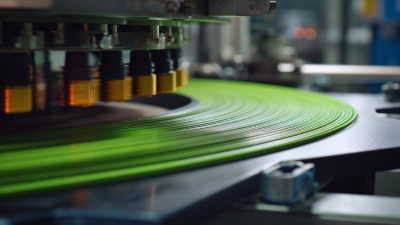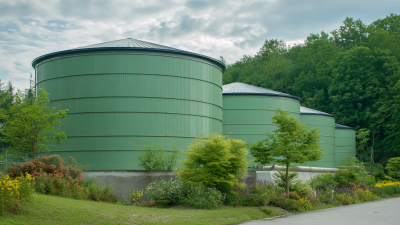In recent years, the blow molding industry has witnessed remarkable innovations that are reshaping the landscape of plastic manufacturing. According to a report by Smithers Pira, the global blow molding market is projected to reach $75 billion by 2025, driven by increasing demand for lightweight and durable packaging solutions in various sectors, including food and beverage, pharmaceuticals, and consumer goods. This surge in market growth underscores the critical need for manufacturers to adopt cutting-edge techniques to remain competitive.
Industry expert Dr. Emily Reynolds, a leading figure in polymer processing, emphasizes the significance of these advancements: "The future of blow molding lies in our ability to integrate sustainable practices and advanced technologies, allowing us to meet both efficiency and environmental standards." As technologies such as 3D printing, bioplastic utilization, and automated quality control systems gain traction, they pave the way for more innovative, efficient, and eco-friendly blow molding processes.
This article will delve into the top 10 innovative blow molding techniques that are revolutionizing plastic manufacturing, showcasing how these methods not only enhance production capabilities but also align with the growing trend toward sustainability in the industry.
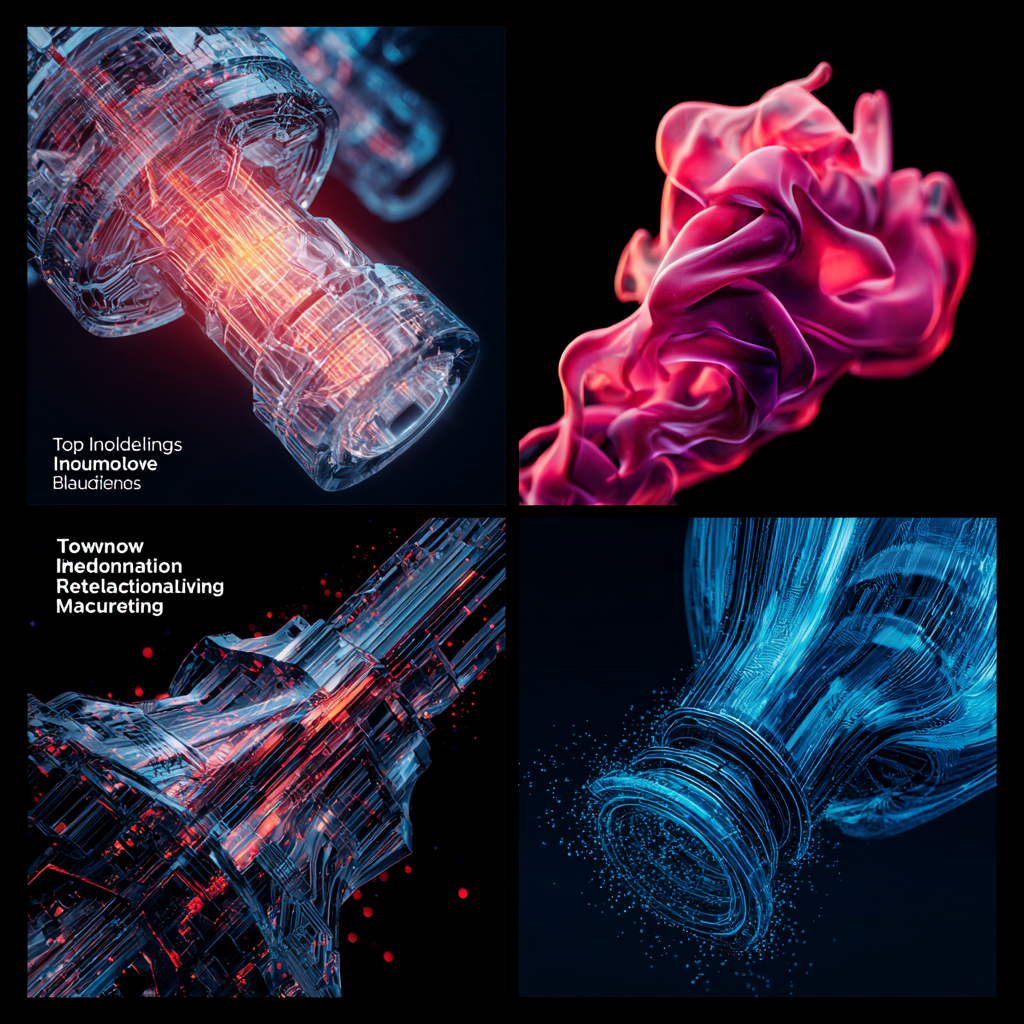
The realm of plastic manufacturing is undergoing a significant transformation with the advent of emerging 3D blow molding technologies. Unlike traditional methods that limit design flexibility, 3D blow molding enables the creation of complex, lightweight structures, fostering innovation in product development. This technique utilizes advanced software and machinery, allowing for the rapid prototyping of designs, which not only accelerates production timelines but also enhances product customization. As manufacturers adopt these technologies, the barrier to entry for creating unique plastic products is lowered, inviting a wave of creativity and efficiency.
In addition to design innovation, 3D blow molding technologies offer substantial improvements in production efficiency. By streamlining the molding process, manufacturers can reduce material waste and energy consumption while increasing output. The integration of automation and smart technology into 3D blow molding systems also facilitates real-time monitoring and adjustments, leading to optimized production cycles. As companies embrace these new methodologies, the plastics industry is poised to become more sustainable and responsive to market demands, allowing for quicker turnaround times and reduced costs in manufacturing processes.
| Technique | Description | Benefits | Production Efficiency Improvement | Sustainability Impact |
|---|---|---|---|---|
| 3D Blow Molding | Uses advanced 3D printing technology in blow molding processes. | Reduces waste and allows for complex designs. | Increases speed by up to 30% compared to traditional methods. | Enhances the recyclability of products. |
| Hybrid Blow Molding | Combines extrusion and injection molding techniques. | Improves strength and reduces cycle times. | Shortens time to market by 25%. | Utilizes less material through optimized designs. |
| Multi-layer Blow Molding | Involves creating bottles with multiple material layers. | Enhances barrier properties considerably. | Increases shelf life of products significantly. | Allows for use of recycled materials in layers. |
| Gas-Assisted Blow Molding | Incorporates gas to create hollow sections within products. | Lowers material usage while maintaining structural integrity. | Reduces production costs by up to 20%. | Decreases the carbon footprint of manufacturing. |
| One-step Blow Molding | Integrates molding and blowing processes into one machine. | Saves time and reduces labor costs. | Cuts cycle time by up to 40%. | Minimal waste produced during the process. |
| Preform Blow Molding | Utilizes preforms that are heated and then blown. | Better control over thickness and weight. | Enhances production speed and consistency. | Can use more sustainable materials. |
| Reinforced Blow Molding | Involves adding fibers or fillers for strength. | Creates durable products without heavy material usage. | Boosts strength-to-weight ratio significantly. | Reduces reliance on virgin materials. |
| Smart Blow Molding | Incorporates IoT and smart sensors for monitoring. | Increases productivity and reduces downtime. | Improves overall equipment effectiveness. | Enhances energy efficiency during production. |
| Biodegradable Blow Molding | Uses biodegradable materials in the blow molding process. | Offers eco-friendly alternatives for packaging. | Facilitates waste management solutions. | Reduces plastic waste impact on the environment. |
| High-Speed Blow Molding | Features machines that operate at significantly faster speeds. | Increases output without compromising quality. | Doubles production capabilities. | Minimizes energy consumption per unit produced. |
The plastic manufacturing industry is undergoing a transformative shift with the introduction of eco-friendly blow molding materials and techniques. According to a report by Grand View Research, the global bioplastics market is expected to reach $44.93 billion by 2028, growing at a CAGR of 15.2% from 2021. This shift towards sustainable options is primarily driven by rising consumer demand for environmentally responsible products, pushing manufacturers to innovate. New materials such as polylactic acid (PLA) and other biodegradable resins are increasingly being utilized in blow molding processes, allowing companies to produce high-quality plastic goods that have a reduced environmental impact.
Furthermore, advancements in blow molding technology have made it possible to enhance the efficiency of these eco-friendly materials. Techniques such as multi-layer blow molding enable the incorporation of recycled plastics while maintaining structural integrity and performance. A recent study published by the Sustainable Packaging Coalition indicates that recycling polyethylene terephthalate (PET) can significantly reduce CO2 emissions, underscoring the potential benefits of integrating recycled content into manufacturing processes. By adopting these innovative techniques, the plastic industry can not only improve its sustainability profile but also meet the evolving expectations of consumers and regulatory bodies alike.
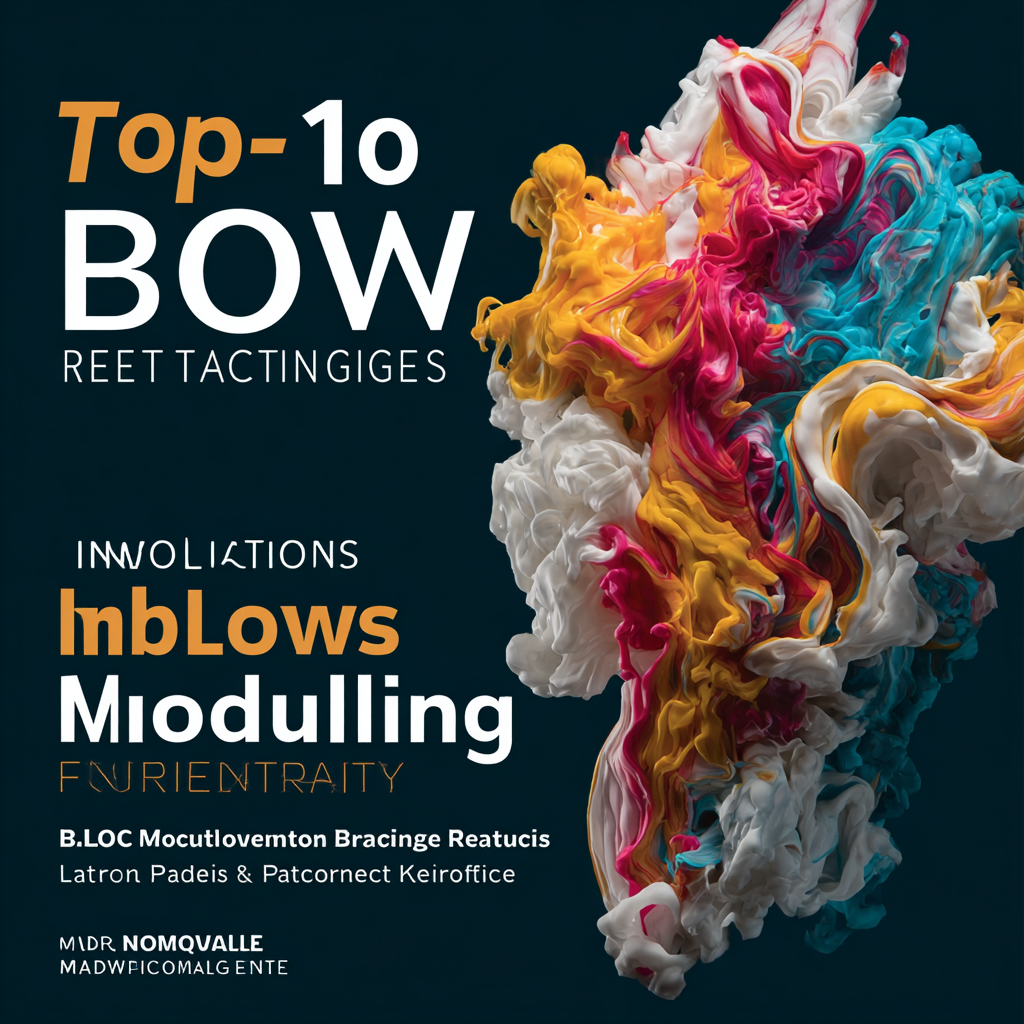
Advanced automation in blow molding is transforming the landscape of plastic manufacturing by enhancing efficiency and precision. With the integration of robotics and smart technology, manufacturers are able to streamline production processes, reducing cycle times and minimizing human error. Automated systems allow for real-time monitoring and adjustments, ensuring consistent quality and optimal resource utilization. This shift not only accelerates output but also significantly lowers operational costs, making it a game-changer in the industry.
Moreover, the implementation of advanced automation facilitates greater flexibility in production. Manufacturers can quickly adjust to changing market demands by easily reconfiguring their automated systems to handle different product designs and materials. This adaptability is crucial in today’s fast-paced environment where consumer preferences shift rapidly. By leveraging data analytics and machine learning, automated blow molding systems can predict maintenance needs and optimize performance, further increasing overall productivity. As these technologies continue to evolve, they are undeniably revolutionizing the blow molding sector, positioning it at the forefront of modern manufacturing practices.
In recent years, precision engineering has transformed the blow molding industry, significantly enhancing product quality and efficiency. Advanced techniques, including multi-layer and injection blow molding, have been adopted to create more durable and lightweight plastic products. According to a report from Transparency Market Research, the global blow molding machine market is projected to reach USD 10.8 billion by 2026, with a CAGR of 4.2%. This growth is largely attributed to innovations that optimize production processes and reduce material waste.
Smart blow molding technologies are at the forefront of this evolution. By integrating automation and real-time data analytics, manufacturers can monitor and adjust parameters instantaneously, leading to more consistent and higher-quality outputs. For instance, a study published by the Journal of Manufacturing Science and Engineering highlighted that incorporating predictive maintenance in blow molding operations can reduce downtime by up to 25%. Such advancements not only improve the longevity of the products but also provide significant cost savings for manufacturers, positioning them to meet the increasing demands of various industries.
The evolution of blow molding techniques has sparked a significant transformation in the realm of plastic manufacturing, particularly through the lens of customization. Flexible blow molding methods are at the forefront of this innovation, allowing manufacturers to create unique designs that cater to specific consumer demands. As industries move towards personalized products, these advanced techniques enable the production of items that stand out in a saturated market. Customization is no longer a luxury; it is becoming a cornerstone of competitive advantage in manufacturing.
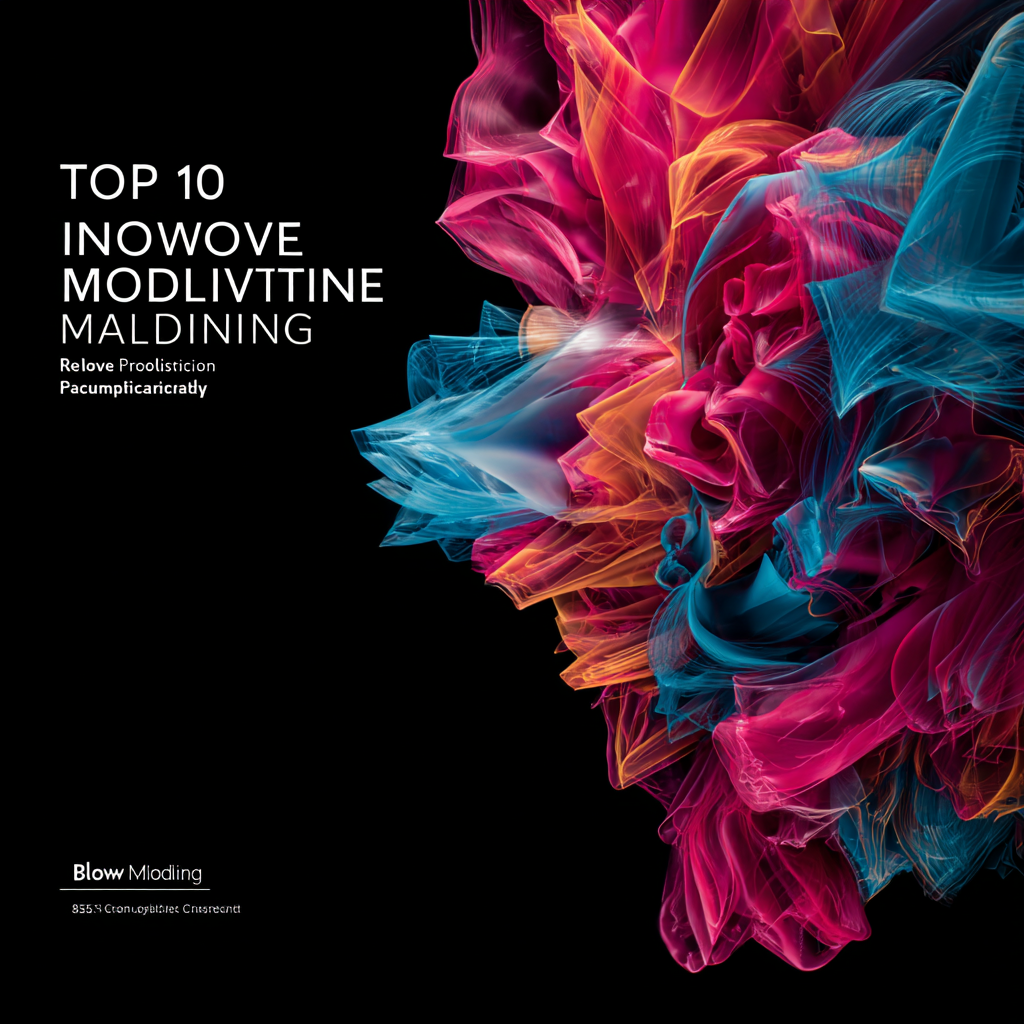
In parallel to advancements in blow molding, the surge in demand for customized 3D printing technologies further underscores this trend. For instance, innovations in rubber 3D printing and the development of personalized medical implants highlight the ongoing transformation across various sectors. These custom fabrication methods not only provide enhanced design capabilities but also cater to the growing consumer desire for personalized, one-of-a-kind products. The combination of these revolutionary techniques is reshaping how manufacturers approach their product offerings, driving efficiency while meeting the needs of a more discerning clientele.

